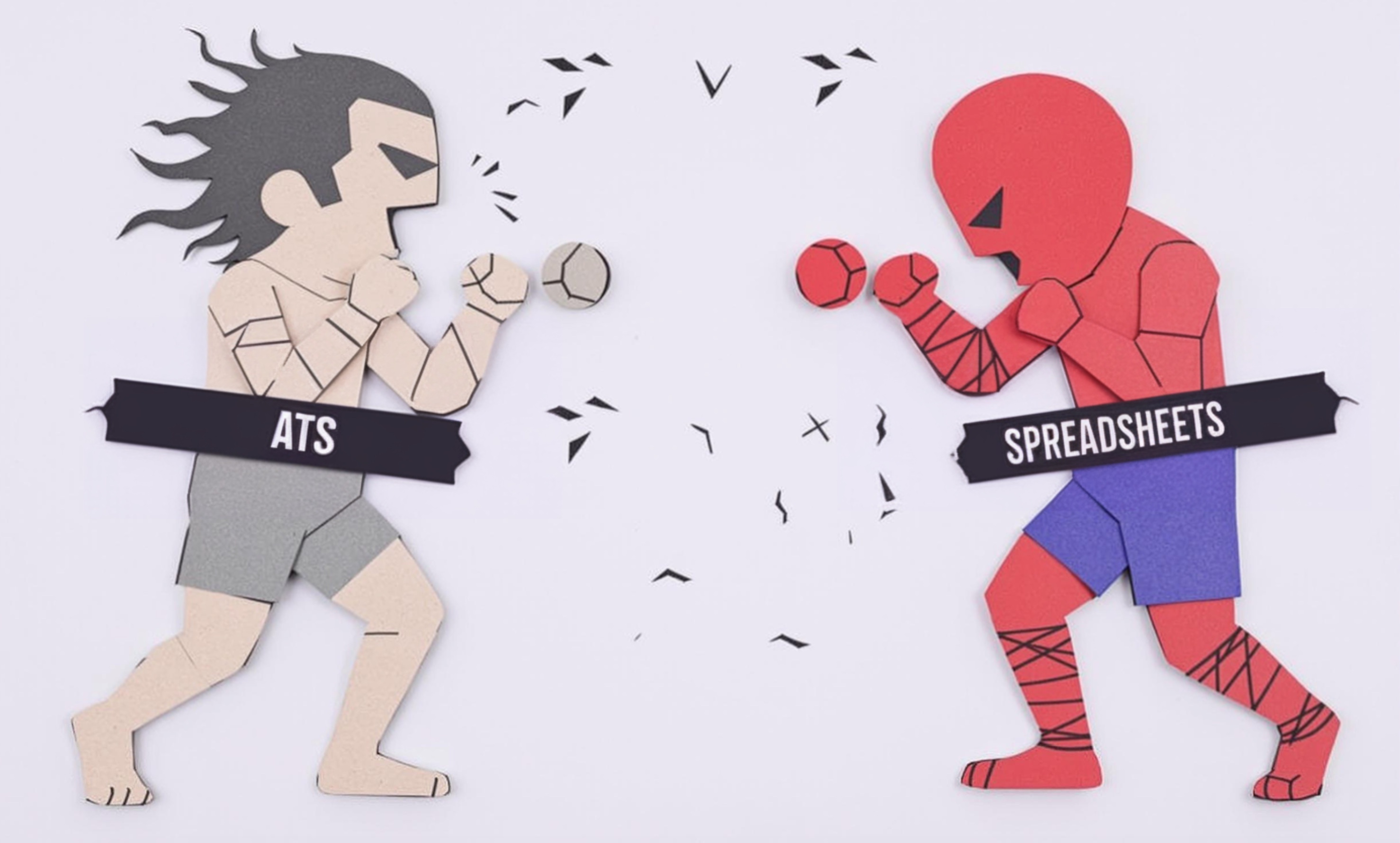
Spike Marks
Spike marks are physical markings placed on a stage floor to help performers and stage crew know exactly where to position props, set pieces, or where performers should stand during a performance. Think of them like 'X marks the spot' indicators that ensure everything and everyone is in the right place at the right time. These marks are usually made with colored tape or paint and are an essential part of stage management and performance preparation. They help maintain consistency across multiple performances and ensure smooth transitions between scenes.
Examples in Resumes
Created and maintained Spike Mark systems for 12 major theatrical productions
Trained junior stage managers in proper Spike Marks placement and management
Developed color-coded Spike Mark system for complex scene transitions in musical productions
Typical job title: "Stage Managers"
Also try searching for:
Where to Find Stage Managers
Professional Organizations
Job Boards
Professional Networks
Example Interview Questions
Senior Level Questions
Q: How do you manage spike marks for a complex production with multiple scene changes?
Expected Answer: A senior stage manager should discuss their system for color-coding, documentation methods, coordination with different departments, and how they train crew members to understand and maintain the system.
Q: How do you handle spike mark conflicts when multiple productions share the same space?
Expected Answer: Should explain strategies for managing multiple shows' marks, including removable marking systems, documentation, and communication with other production teams.
Mid Level Questions
Q: What materials do you prefer for spike marks and why?
Expected Answer: Should demonstrate knowledge of different taping materials, their durability, visibility, and removal properties, and when to use each type based on floor surface and production needs.
Q: How do you coordinate spike mark placement with lighting and sound cues?
Expected Answer: Should explain how they work with other technical departments to ensure marks align with technical elements and how they document these relationships.
Junior Level Questions
Q: What is the basic purpose of spike marks?
Expected Answer: Should explain that spike marks help track positions of props, furniture, and performers on stage to maintain consistency across performances.
Q: What's your process for recording spike mark placement?
Expected Answer: Should describe basic documentation methods like taking photos, making diagrams, or noting measurements in a production book.
Experience Level Indicators
Junior (0-2 years)
- Basic spike mark placement
- Understanding of common marking materials
- Simple documentation methods
- Basic coordination with crew members
Mid (2-5 years)
- Complex marking systems
- Efficient scene change management
- Detailed documentation practices
- Training of junior staff
Senior (5+ years)
- Advanced marking system design
- Multi-show coordination
- Department-wide training programs
- Production management integration
Red Flags to Watch For
- No knowledge of basic stage terminology
- Lack of experience with different marking materials
- Poor understanding of production workflow
- Inability to read ground plans or technical drawings
Related Terms
Need more hiring wisdom? Check these out...

Why Your Hiring Spreadsheets Are Secretly Sabotaging Your Recruitment

Beyond Spreadsheets: Why Executive Dashboards in ATS Systems Are Your Secret Hiring Weapon

Career Site SEO: Unlock Ridiculous Visibility and Attract Rockstar Candidates

